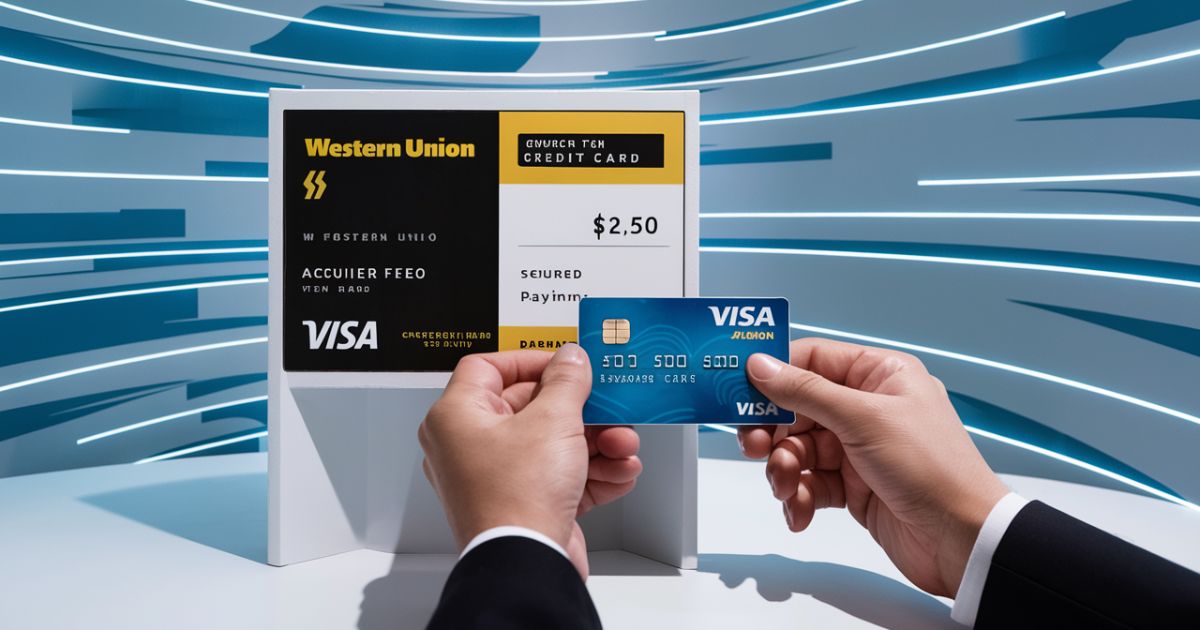WUVISAAFT means “Western Union Visa Acquirer Fee Transaction.” It’s a fee that shows up on your bank statement when you use a Visa card to pay for a Western Union transfer. This fee covers the cost of processing your money transfer and is a standard part of their service.
Have you ever spotted a weird charge on your bank statement and felt your heart skip a beat? You’re not alone. Many people get confused when they see “WUVISAAFT” pop up. It looks like gibberish at first glance.
In this guide, we’ll break down everything you need to know about the WUVISAAFT charge in 2024. We’ll explain why it exists and how it affects your transfers. You’ll learn if you can avoid it and what to do if you don’t recognize it. By the end, you’ll be an expert on this quirky fee.
What Is the WUVISAAFT Charge?
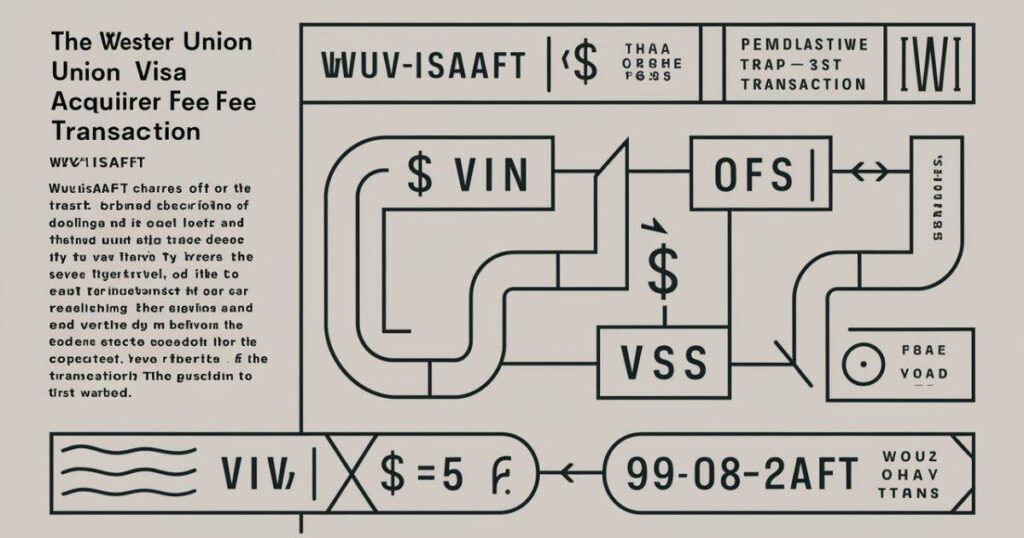
WUVISAAFT stands for “Western Union Visa Acquirer Fee Transaction.” It’s a mouthful, isn’t it? But don’t let the name scare you off. This charge is actually a standard fee that pops up when you use a Visa payment method for a Western Union transaction.
It’s not some sneaky extra cost or a scam, it’s a legitimate part of using Western Union’s services with certain payment types. When you see this fee on your statement, it means you’ve used your Visa credit card or debit card to send money through Western Union.
The company charges this fee to cover the costs associated with processing your card transaction. It’s worth noting that while it might seem like an annoying extra expense, it’s actually a normal part of how many financial services operate when dealing with credit card companies.
Also Read This: The Evolution and Power of Digitalnewsalerts: Revolutionizing Information Consumption
Why does Western Union fee this price?
Western Union charges this fee for a few important reasons. First off, running a global remittance network isn’t cheap. They’ve got to maintain a vast system that can zap your money from one corner of the world to another in a flash. That takes some serious tech and manpower.
Secondly, when you use a Visa card, Western Union has to pay a fee to Visa for processing that payment method. Rather than eating that cost, they pass it along to the customer. It’s a bit like when a small shop charges extra for credit card purchases they’re just covering their bases. Plus, this fee helps Western Union keep their service secure and reliable, which is crucial when you’re trusting them with your hard-earned cash.
Is the WUVISAAFT price identical for all transactions?
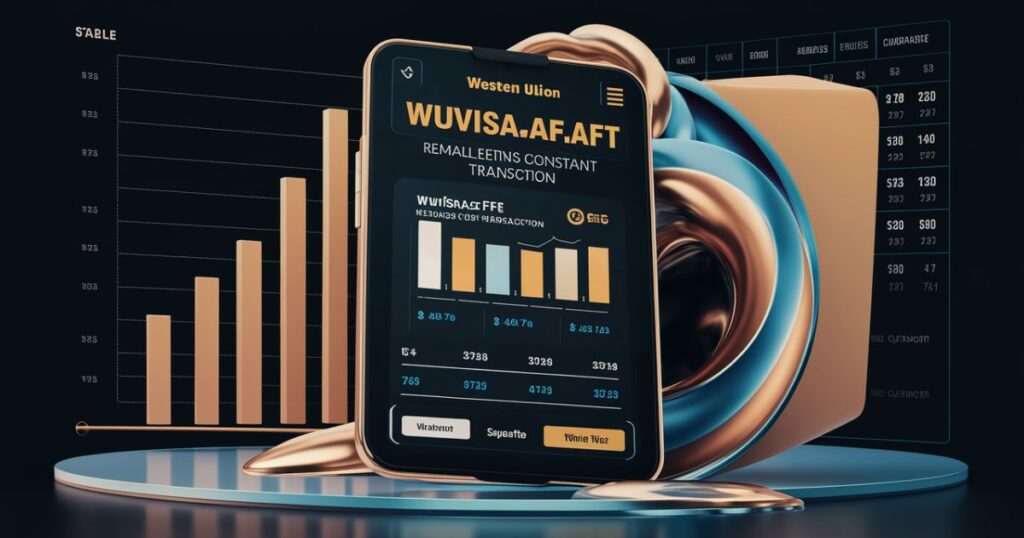
Now, here’s where things get a bit tricky. The WUVISAAFT price isn’t a one-size-fits-all deal. It can vary depending on a few factors, like how much money you’re sending and where it’s going. Generally, you might see it range from a couple of bucks to a percentage of your total transfer amount.
It’s not always easy to predict exactly what you’ll be charged, but it’s usually proportional to the size of your transaction.For example, if you’re sending $100 to your cousin in Canada, you might see a smaller WUVISAAFT charge than if you were wiring $1000 to a business partner in Brazil.
The best way to know for sure is to check the fee breakdown before you complete your transaction. Western Union typically shows you all the fees upfront, so you won’t be in for any surprises when you check your account statement later.
The Importance of WUVISAAFT
You might be tempted to grumble about this extra fee, but the WUVISAAFT charge actually plays a pretty important role in the world of international money transfers. For starters, it helps keep the whole system running smoothly.
By covering the costs of processing Visa payments, Western Union can continue to offer quick and reliable service to millions of customers around the globe. Moreover, this fee contributes to the security measures that protect your money as it travels across borders.
In a world where financial fraud is always a concern, having robust security systems in place is crucial. The WUVISAAFT charge helps fund these protective measures, giving you peace of mind when you send money to friends, family, or business associates abroad.
Factors Affecting WUVISAAFT
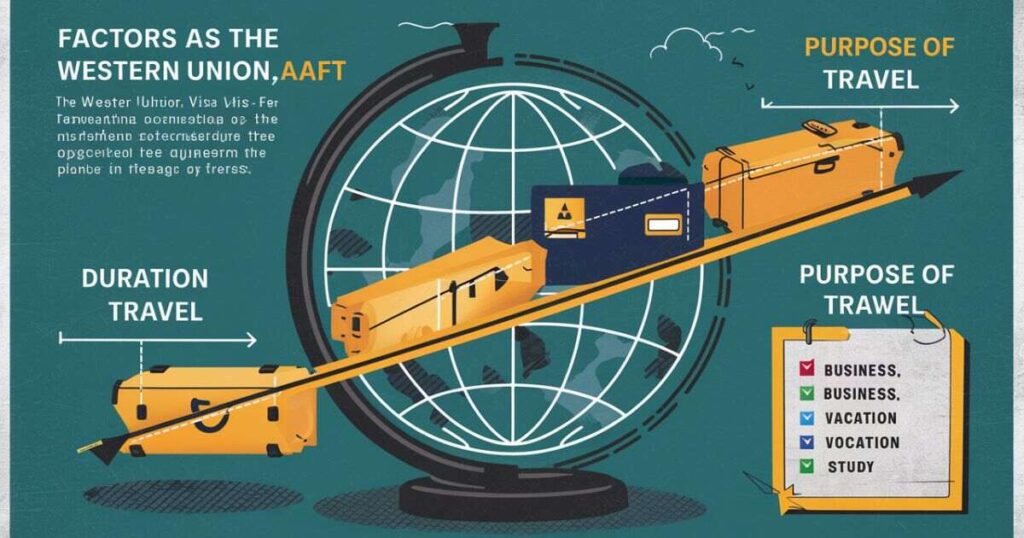
1. Duration of Travel
Believe it or not, the length of your trip can impact the WUVISAAFT charge. If you’re using Western Union for a quick, one-time transfer while on a short vacation, you might see a different fee structure than someone who’s living abroad for an extended period and making regular transfers. This is because long-term users might have access to different rates or service tiers.
2. Purpose of Travel
The reason for your transfer can also play a role in determining the WUVISAAFT fee. Business transactions might be treated differently than personal transfers. For instance, if you’re paying for goods or services internationally, you might encounter a different fee structure than if you’re just sending money to a family member. Always check the specifics for your particular type of transfer.
Can I avoid the WUVISAAFT charge?
If you’re looking to skip this fee, you’ve got options. The simplest way is to use a different payment method. Western Union offers various ways to send money, and not all of them incur the WUVISAAFT charge.
For example, if you use a bank transfer or pay in cash at a Western Union location, you can sidestep this specific fee. However, keep in mind that these methods might have their own associated costs.Another strategy is to look for promotions or special offers.
Western Union sometimes runs deals that waive certain fees, especially for first-time users or during special events. It’s worth checking their website or signing up for their newsletter to stay informed about these opportunities. Just remember, while avoiding fees is nice, it’s also important to choose the method that’s most convenient and secure for your needs.
Is the WUVISAAFT charge refundable?
Here’s the deal with refunds: in most cases, the WUVISAAFT charge is non-refundable. Once the transaction is processed, that fee is considered earned by Western Union for providing the service. However, don’t lose hope if you think you’ve been charged in error.
If there’s been a mistake, like a double charge or a transfer that didn’t go through, you might have grounds for a refund.To pursue a refund, you’ll need to contact Western Union’s customer support.
Be prepared to provide details about your transaction and explain why you believe the charge was incorrect. Keep in mind that the refund process can take some time, and there’s no guarantee of success. That’s why it’s always best to double-check all the fees before confirming your transfer.
Is Western Union the most effective cash transfer provider that costs this fee?
Western Union is a big name in the money transfer world, but it’s not the only player in the game. When it comes to effectiveness, it really depends on your specific needs. Western Union’s strengths lie in its vast global network and the speed of its transfers.
If you need to send money to a remote location quickly, they might be your best bet, even with the WUVISAAFT charge.Other services like PayPal, TransferWise (now Wise), or MoneyGram might offer lower fees or better exchange rates for certain types of transfers.
Some newer fintech companies are also shaking up the industry with innovative approaches to international money movement. The key is to compare the total cost including exchange rates and all fees for your specific transfer needs.
What should I do if I don’t recognize the WUVISAAFT charge on my bank statement?
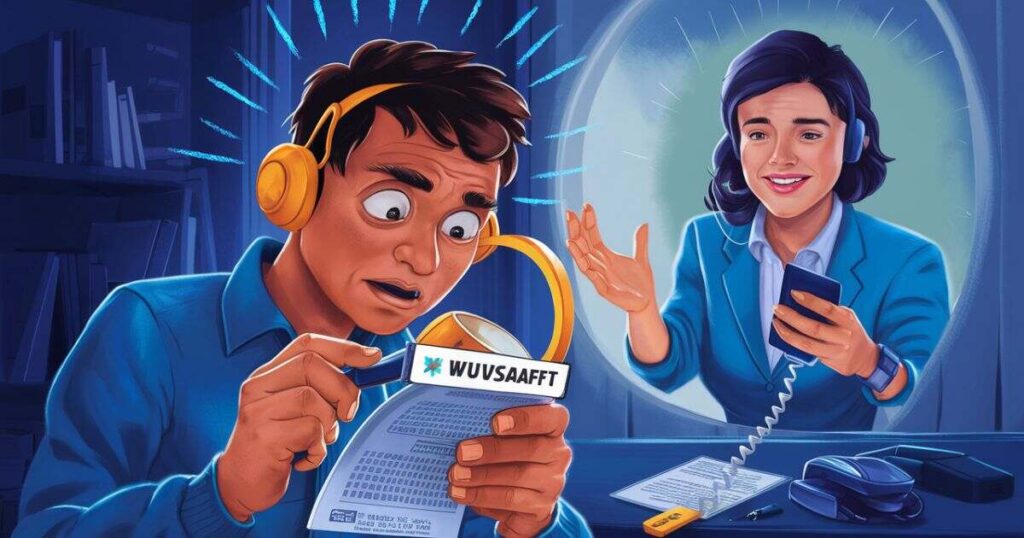
Spotting an unfamiliar charge on your bank record can be alarming, but don’t panic just yet. First, take a moment to think back: did you use Western Union recently? Sometimes, the charge might appear a few days after your transaction, or you might have forgotten about a transfer you made.
If you’re still unsure, it’s time to do some detective work.Start by contacting your bank. They can provide more details about the transaction and may be able to tell you when and where it originated.
If you’re certain you didn’t make the transfer, let your bank know immediately they have processes in place to handle potential fraudulent transactions. Next, reach out to Western Union’s customer service. They can look up the transaction using the details from your bank statement and confirm whether it’s legitimate or not.
Conclusion
Here’s the deal with the WUVISAAFT charge: it’s just a standard fee from Western Union when you use a Visa card for transfers. It covers the cost of processing. It might seem annoying, but it’s normal.
To avoid this fee, you could use a different payment method or look for special deals.Knowing about this fee helps you manage your money better. Next time you see “WUVISAAFT” on your statement, you’ll know what it is. Keep this info handy for easy reference in the future.

